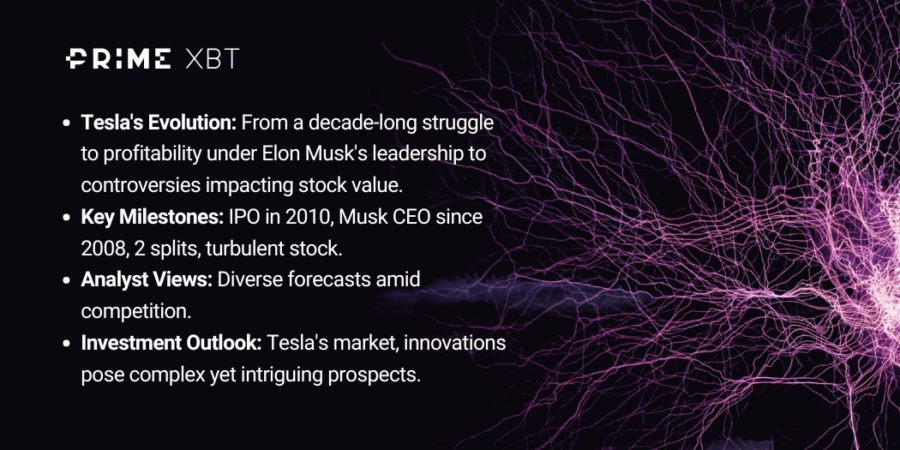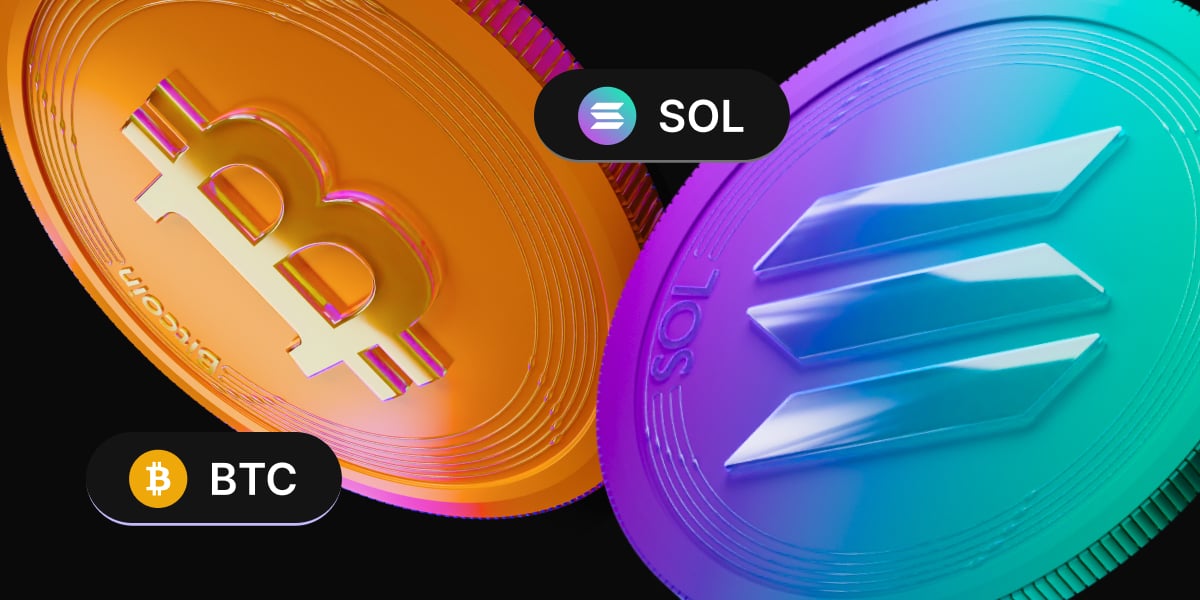Telsa is quite the can of worms when it comes to investing. It took a solid decade for Tesla to turn a profit. In 2008 Elon Musk became CEO of Tesla, Inc which back then was a net positive for the EV maker since he took the company public and managed to turn a profit (twelve years later, but still).
But since their first year in the black, Elon has been slightly less beneficial to investors. From saying he would take the company private, resulting in SEC investigations, to not ensuring the appropriate level of quality assurance of the EVs, to buying Twitter and changing it, which caused blowback on Tesla, he’s been at the epicenter of controversies that have had immediate effect on the company’s stock value.
At the same time Tesla is almost synonymous with luxury EVs. And if you invested in Tesla early on you could have made four times your initial investment. You’d also have a lot more stock since Tesla has committed two stock splits – this is when a company divides the stock to lower its value, rewarding stockholders with more stock. This essentially reduces the value of the stock but doesn’t lower the “value” of the stockholders’ holdings.
Key takeaways
- Tesla launched their IPO in 2010
- Elon Musk has been the company’s CEO since 2008
- Tesla has performed two stock splits since its IPO
- Elon has been embroiled in controversies that have affected stock value
If this article is about Tesla Inc stock, why am I mentioning all this? Because these are factors you need to consider when investing in a company. But let’s take a look at what analysts are saying about Tesla stock in the next few years.
Tesla’s market position and analyst consensus
Tesla remains a leader in electric vehicles, but faces increasing competition. Analysts are mixed, with an average hold rating and price target suggesting modest growth. Some see significant upside, while others are more cautious.
Tesla stock performance review
As mention previously, Tesla’s IPO was launched in 2010. Since then it has seen a staggering 11,613.28% growth (according to Google Finance). Between the launch of the IPO and until the beginning of 2020 (the first year Tesla Inc made a profit) its stock stayed close to $18-20.
After that though, the price skyrocketed. First hitting $53 in Feburary 2020, then almost $300 a year later and finally reaching its all-time high of $407 in November of 2021. After that, the price has been slowly dropping, holding around $300 in 2022 and dropping to $113 in January of 2023.
Of course the TSLA stock drop in 2023 was probably a result of a tightening of credit availability due to inflation and rising interest rates. In July of 2023, Tesla recovered to $281 but again dropped, and is trading at almost but just $150.

Tesla stock prediction for 2025
In the short term, Tesla’s price target is an ambitious $310 with a low basically basically bringing the stock back to it’s zero profit years at $22.86. Of course, with the high price target being so lofty, Nasdaq.com’s analysts are saying the stock is a strong buy at the moment, which means analyst ratings about the companies fundamentals are also strong.
Long-term forecast: Tesla in 2030
Making a prediction even six years in the future when it comes to EVs and an EV maker can be challenging. The performance depends on the adoption of the technology, government incentives, competitors, availability of raw materials need to manufacture batteries and in Tesla’s case…the temperament of their eccentric leader.
There is a caveat though, investor Gary Black (a well-known Tesla bull, so take this with a grain of salt), estimates that EV adaptation could increase by 50% and Tesla already has the infrastructure to fully take advantage of it.
He’s leaving something out though – he assumes that other automakers are unaware of the increase in EV adoption and that they’ll sit on the sidelines and let Tesla take up the entire market.
Investment perspectives: buy, sell, or hold?
At the moment the fundamentals are looking good. Tesla has a $469.80B Market Cap, although they didn’t meet their delivery expectations, they did manage to get 387K off the production line (even though yet again the QA was iffy) and they’ve managed to keep positive operating income and net income.
Tesla’s innovations and market expansion
Tesla is constantly trying to both refine their existing cars and add innovative technology to both their end-products and manufacturing. The CEO has even teased on X that they were looking into Robotaxis or fully automated taxis. Is that vehicles, is it a service, is it a platform? Only he knows.
Risks and challenges
One of the biggest risks is the product itself. Electric vehicles have had a bunch of problems, from energy generation, to slow adoption to consumer apprehension.
Another issue is both Tesla’s mainstream and startup competitors catching up with it. It is the leading EV manufacturer today, but that doesn’t mean it will be in the next two, three, or even five years.
Conclusion
Most market analysts are shying away from a sell rating for Tesla. This doesn’t negate the fact that, at this moment, there are way too many variables to give an accurate or even safe assessment. At the same time, a sub-$200 EV stock also seems like a bargain.
The content provided here is for informational purposes only. It is not intended as personal investment advice and does not constitute a solicitation or invitation to engage in any financial transactions, investments, or related activities. Past performance is not a reliable indicator of future results.
The financial products offered by the Company are complex and come with a high risk of losing money rapidly due to leverage. These products may not be suitable for all investors. Before engaging, you should consider whether you understand how these leveraged products work and whether you can afford the high risk of losing your money.
The Company does not accept clients from the Restricted Jurisdictions as indicated in our website/ T&C. Some services or products may not be available in your jurisdiction.
The applicable legal entity and its respective products and services depend on the client’s country of residence and the entity with which the client has established a contractual relationship during registration.




